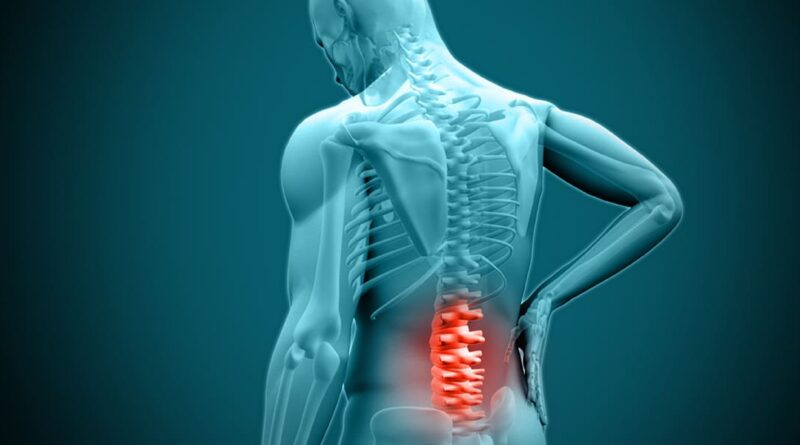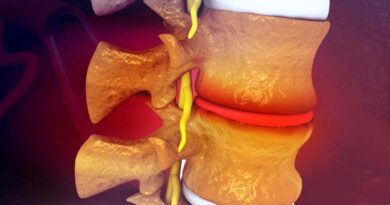6 Techniques that will prevent you from having surgery if you have a herniated disc.
Back pain is a discomfort that affects millions of people around the world. In addition to limiting our daily activities, it can affect our quality of life and general well-being.
One of the common causes of back pain is a herniated disc , an injury to the intervertebral disc that can cause severe, chronic pain . Fortunately, there are effective non-surgical treatments to relieve this pain and improve patients’ quality of life.
In this article, we will explore some non-surgical treatments that you may not know about for treating herniated discs.
Table of Contents
Why does a herniated disc occur?
To understand the origin of herniated discs, we must first know the structure and function of the intervertebral disc and thus know what the most effective treatments will be.
We will begin by defining the key piece of our back: the intervertebral disc.
The intervertebral disc: a key part of the back
Imagine the intervertebral disc as a cushion between the vertebrae of our spine. It is composed of an external part called the annulus fibrosus and a gelatinous internal part called the nucleus pulposus.
This disc acts as a shock absorber that helps absorb impacts and provides flexibility to our spine. It is important that you know that inside a healthy intervertebral disc there are no vessels or nerve endings. Therefore the disc is avascular and the nerve endings are found on the periphery of the annulus fibrosus.
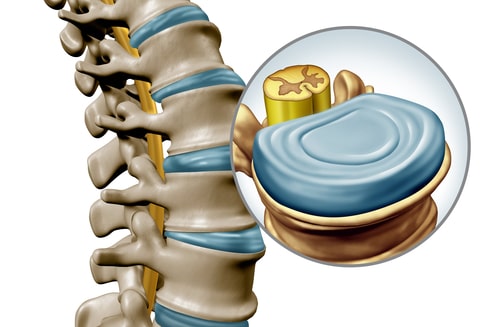
Discogenic pain: the origin of the discomfort
When the intervertebral disc is injured or degenerates, it can cause pain. This type of pain is called discogenic pain and originates in the structure of the intervertebral disc itself, rather than being caused by problems in the muscles or joints of the back. Symptoms of discogenic pain may include localized pain in the lower back or neck, which may extend to the extremities.
Discogenic pain occurs because there are breaks in the collagen fibers that form the annulus fibrosus. When they break, an inflammatory reaction is generated and, as a consequence, a neoformation of vessels and nerves occurs inside the disk.
Discogenic pain is characterized by intense low back pain , which may or may not radiate to the legs. It worsens when flexing the spine and with maneuvers that increase intra-abdominal pressure, such as going to the bathroom or lifting weights.
Once the disc annulus ruptures, the contents of the nucleus pulposus may come out from inside the disc and a herniation may occur.
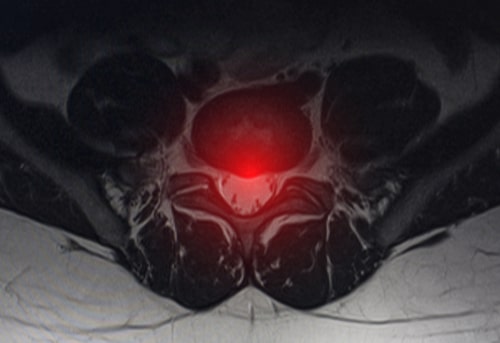
Herniated Disc: Treatment without surgery
The first step is to go to a specialist who will make a proper diagnosis. The first treatment is conservative: medication, physiotherapy and exercise . In the most severe cases or in which the pain is persistent, specialists usually propose surgery. However, as a preliminary step, there are a series of alternatives that can be performed without having to make an incision on the skin.
The procedures that I am going to tell you about below are based on the intradiscal volume-pressure curve that shows the relationship between the volume of the intervertebral disc and the pressure exerted inside it. It is an exponential curve, that is, small changes in the volume of the disc would produce very important changes in intradiscal pressure. This decrease in pressure would be responsible for the improvement produced by these treatments.
Heat treatments for hernias
Is heat good for herniated discs?
Heat is used to alter nerve fibers surrounding the disc ring. It is also believed that heat will stabilize the degeneration of collagen fibers and help repair ruptured discs .
These techniques improved patients’ pain by 51% and improved quality of life by 46% in the patients who were studied. Complications occurred in 0.8% of them.
Nucleolysis with gelled ethanol
This procedure involves injecting gelled ethanol (alcohol) directly into the herniated disc. Alcohol destroys the tissue of the nucleus pulposus, thereby reducing pressure on the nerve roots and relieving pain. This minimally invasive technique is performed under image guidance and generally does not require hospitalization .
Its advantages include rapid recovery and a high success rate of 90% in patients treated for lumbar hernias and 76.9% if the problem was cervical in relieving pain.
Mechanical percutaneous nucleotomy
In this procedure, a special probe is used to remove the herniated material from the disc. The probe is introduced inside the disc and using an aspiration system we eliminate part of the intradiscal content so that we reduce intradiscal pressure. With this technique, positive results were reported in at least 80% of treated patients.
By removing the material that compresses the nerve roots, pain is relieved and function is restored. This technique does not require open surgery and is associated with a faster recovery compared to conventional surgery.
Percutaneous laser nucleolysis
During this procedure, a special optical fiber is inserted into the herniated disc. The laser emits thermal energy that breaks down and reduces the size of the nucleus pulposus , relieving pressure on the nerves and reducing pain. Percutaneous laser nucleolysis is performed on an outpatient basis and generally does not require hospitalization. Its benefits include less invasiveness, shorter recovery time, and lower risk of complications.
With this technique, 83% of patients can improve to a greater or lesser extent.
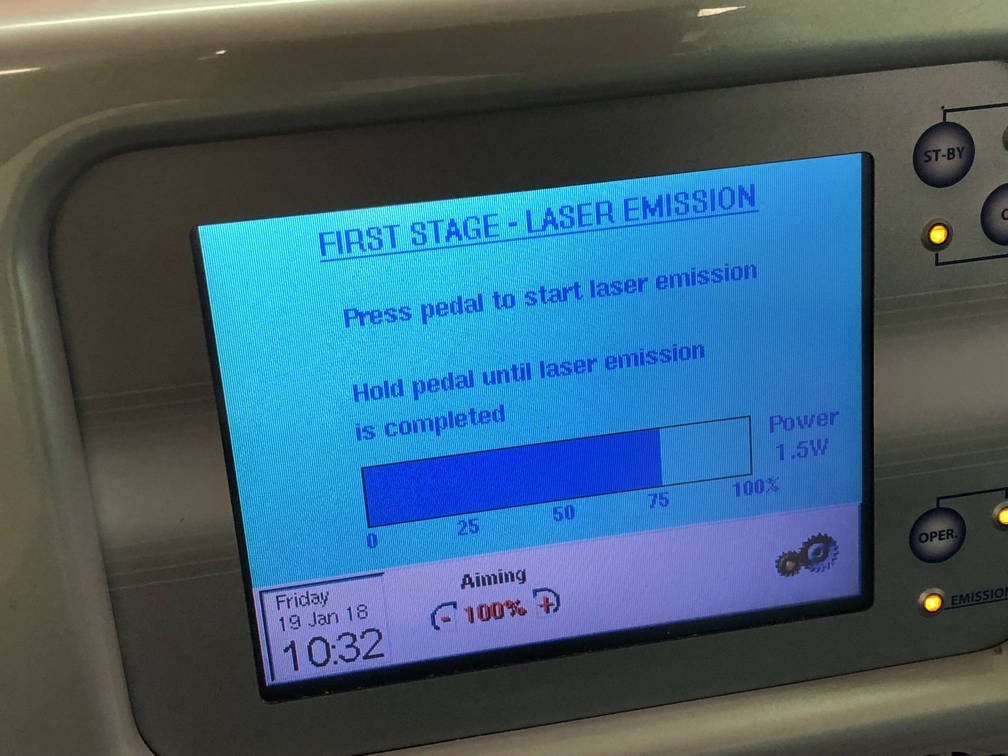
Stem cells for herniated discs
In this treatment, stem cells are collected from the patient’s own iliac crest (an area of the pelvis). These cells are injected into the herniated disc to promote regeneration and repair of damaged tissue. Stem cell therapy aims to reduce inflammation, relieve pain, and improve intervertebral disc function.
This developing technique offers a promising, less invasive approach to the treatment of herniated discs.
platelet rich plasma
Platelet-rich plasma ( PRP ) is obtained from a patient’s blood sample and injected directly into the herniated disc. PRP contains growth factors and other proteins that stimulate tissue healing and regeneration .
This treatment may promote reduced inflammation, pain relief, and improved disc function. PRP injection is an increasingly used non-surgical option in the treatment of herniated discs.
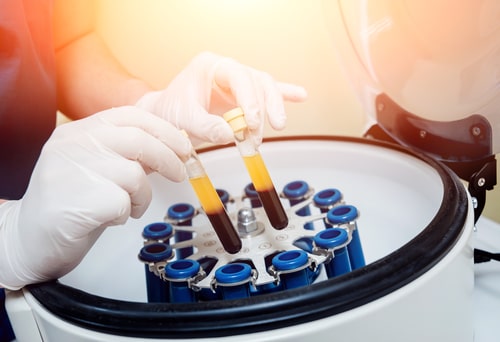
Both plasma injection and cell aspiration have shown favorable results, however, the volume of scientific studies that talk about these two techniques is not too many and more research is needed to confirm the results.
When and how to cure a herniated disc without surgery?
Typically, intradiscal techniques are performed for contained hernias , which are those in which no material has emerged from the inside of the disc, they occupy less than a third of the diameter of the lumbar canal, and in discs that retain at least 50% of their height.
Back pain caused by herniated discs can be debilitating, but there are effective non-surgical alternatives to relieve pain and improve quality of life. These techniques, being non-invasive, have the advantage of faster recovery and lower risk of complications.
Unfortunately, there is a percentage of patients who will ultimately need surgical intervention to resolve the pain; however, for the United States College of Surgeons, intradiscal therapies are perfectly valid techniques as a treatment prior to surgery.
If you suffer from back pain due to a herniated disc (1), consult with a health professional to determine which of these options may be most suitable for you and thus restore your well-being.

